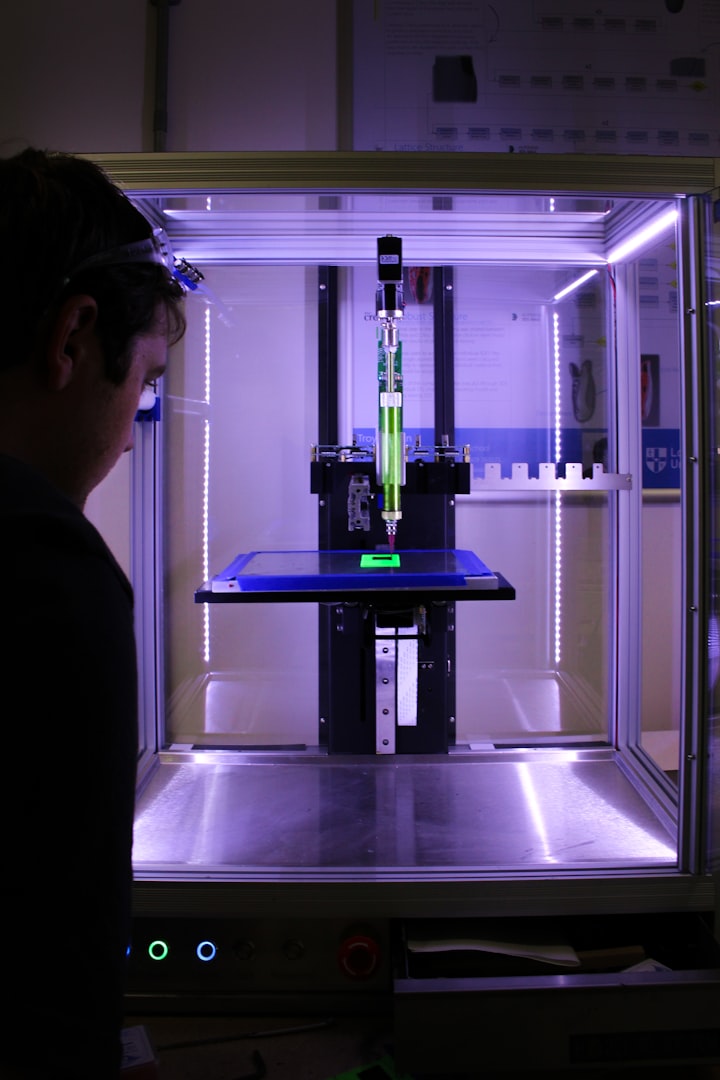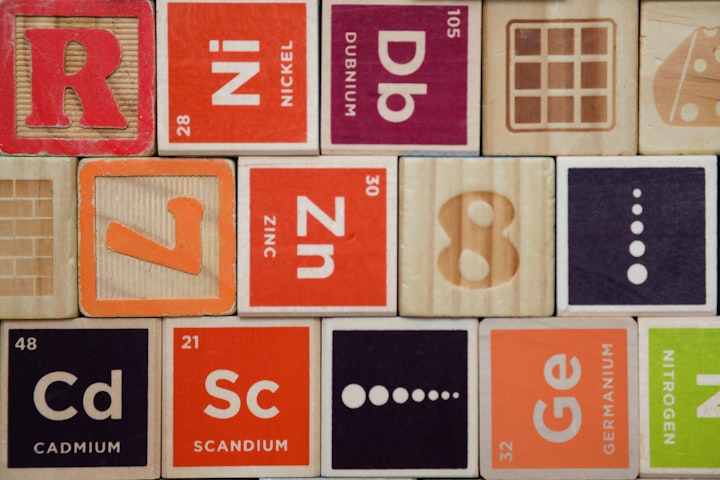How is 3D printing revolutionalizing the food industry?
Would you prioritise quicker service over taste?

Pros
1:Eliminate malnutrition
Did you know that 1 in 3 people worldwide suffers from a type of malnutrition? With two billion people being unable to access the key vitamins and minerals for healthy growth, could printing food finally be the solution?
By utilising 3D printing technology, it would be possible to print food that is nutrient-dense that would meet most individuals needs. If we combine this technology, with protein-rich and anti-oxidant foods such as Algae that can nearly be sourced from anywhere, it could make drastic changes in eliminating world hunger.
2: Less waste
Back in 2017, I was fortunate enough to go to the United States for a family holiday, and the one thing I was shocked by was the amount of waste there was at restaurants.
If only there was a way to reuse this food…
Enter Unprinting food. This company was co-founded by two Dutch girls. In short, they use food that is thrown away by the industry such as fruits and vegetables and convert it into a filament which 3d printers can use to ‘print food’.
Cons
1:The unknown
Yes, 3D printing in the food industry sounds exciting. However, do we know for certain that our bodies are designed to accept artificial foods? Would you sacrifice your health just to live an easier lifestyle?
Here is what Mr.Tim Shinbara from the Association of Manufacturing Technology thinks about 3d printed food.
If we start creating food instead of growing or harvesting itthat gets a little scary. At a molecular level, does your body accept something thats been artificially and genetically manufactured? Even if it looks the same under a microscope, what will it do to you over 10, 20 years?
2:Trouble for chefs
Could we see fast-food chains start to implement this technology in their franchises around the world? If they do, those who work in the kitchens such as chefs could become unemployed as fast-food giants McDonald’s and Burger King are always in competition.
However, it’s not all doom and gloom. Chefs at ‘fine dining restaurants’ are less likely to lose their jobs. I believe that as long as people have a little surplus income are they really going to prioritise quick service over food that is freshly prepared and has rich flavourings?
Here is what Robin Batra exec of Oberoi Hotel had to say
Robots will be part of our cooking but the chef’s indulgence has to be there. The final cooking and food can be tasted only by humans. Yes, they will help us, support us, but the role of chefs will still be alive,” shared Robin Batra, Executive Chef, Oberoi Hotels & Resorts.
Here is another brand that uses filaments to print food.
Filaments.ca’s food-safe PLA gained a lot of popularity for being one of the first FDA-approved, fully food-safe PLA filaments. The manufacturer indicates that they only use safe raw materials (mainly a high-grade biopolymer), color pigments, and additives. Filaments.ca also states that they microbiologically analyze the filament surface to ensure its food safety.
Their filament is said to be odor-free, recyclable, and even more robust than standard PLA. They also report that their food-safe PLA doesn’t warp, allows for fast printing, and has improved mechanical properties.
Conclusion
Personally I feel this is a great idea. With the amount of food that is wasted, it’s great to see unwanted food be reused into creating food that looks and tastes great.
Thank you for reading 🙏🏽
Give it a share if you felt informed😯
Comment down below your thoughts on 3D printing in the food industry.
P.S. If you are feeling generous have enjoyed reading this article, give it a tip!
✌🏽





Comments
There are no comments for this story
Be the first to respond and start the conversation.